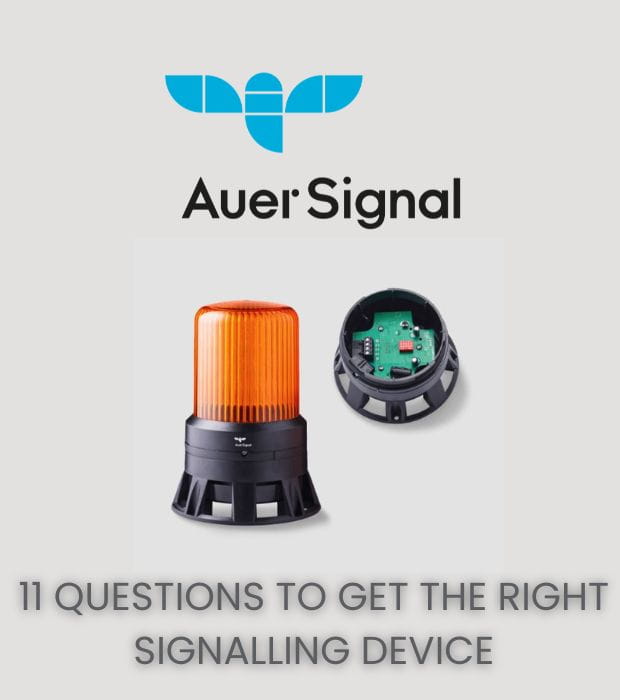PULS
PISA-M
- 4 channels (4x1-8A)
- Only 22.5mm width
- Joint or individual alarm
- Fast or slow characterization

Selected variant
Technical data
Input data |
|
|---|---|
| Input voltage dc min | 9,6 V DC |
| Input voltage dc max | 30 V DC |
Output data |
|
| Output current max | 20 A |
| Output current per channel | Channel 1-4 :1, 2, 3, 4, 6, 8 A |
Efficiency / Lifetime / MTBF |
|
| Efficiency | 98 % |
| Life span | 268 000 h 4x5 A 40 C |
| MTBF (IEC 61709) | 1 142 000 h 4x5 A 40 C |
Dimensions |
|
| Width | 23 mm |
| Height | 104 mm |
| Depth | 98 mm |
| Weight | 0,1 kg |
Other |
|
|---|---|
| Approvals | CE, UL 61010-1 |
| IP class | IP20 |
| Clamp type | Push in |
| Cable size stranded max | 2,5 mm² |
| Material protection | Plastic |
| Voltage drop over semiconductor | 130 mV |
| Back-feeding loads | 30 V DC |
| Input connector | Push-In |
| Output connectors | Push-In |
Product description
- 4 channels
- Only 22.5mm wide
- Each channel can be adjusted to: 1/2/3/4/6/8 A (max 20 A total)
- You can choose fast or slow characteristics (e.g. slow for equipment that requires starting current)
- Press connection
- Local or remote recovery
The courses can be turned on and off using the 4 buttons on the front. The track is on if it lights up green and off if it glows red with a steady light.
The 4 courses start at about 100 ms intervals.
The factory settings are that all channels are connected with the setting 1A and fast characteristic.
If a channel is tripped, the respective LED flashes red once for overload or short circuit and red twice for (a) the total overload protection of 20 A for sec is activated or (b) the power supply protection mode is activated. For more information, see the User's Guide, Section 9. To reset the course, press and hold the respective course button for 1 sec.
To check what the different channels are set to in the Amp level:
Press buttons 1 and 4 at the same time for a short time (50 ms).
LED 1 will then flash green quickly for the number of Amps set (once for 1 A, twice for 2 A, etc.).
To change the different Amp levels on the different channels: (Max. 20 A total)
Press buttons 1 and 4 at the same time for 1 sec (all channels will be orange)
Short press button 1 (50 ms), then press within 4 sec. the number of times corresponding to the desired gain level, e.g. 3 times corresponds to 3 A. Then it flashes quickly 3 times (green) (in 2 sequences) Then press button 1 for 1 sec. to save. It then shines with a solid green light. Repeat for channels 2-3 and 4. To exit the programming mode, press buttons 1 and 4 at the same time for a short time (50 ms).
To see and change whether the fuse is set to fast or slow characterization:
Press buttons 1 and 3 at the same time for a short time (50 ms)
LEDs 1-4 will then flash green at a fast speed for fast or slow characteristics (daytime running lights)
Press buttons 1 and 3 again at the same time for a short time (50 ms) (within 4 sec). This changes the characteristic.
This is automatically saved.
If you do not press any button within 10 seconds, you will automatically exit programming mode.
Clear recovery
If a circuit has tripped, you can apply a voltage of 10-30 V DC (under 1 sec) to terminals 3.3 (+) and 3.4 (-), once the cause has been found and the fault has been fixed. Other channels are not affected, regardless of whether they are connected or disconnected.
Alarm contact From the factory, it is delivered as a trippy alarm. See the 4 different alarm options below. For more information, see Section 12 of the User's Guide.
You can connect multiple PISA-M modules in parallel to create multiple courses. Each (+) on the PISA-M module must be connected directly to the power supply.
We recommend a free space of 40 mm above and 30 mm below. 0 mm on the sides, 15 mm if the component on the side emits heat (e.g. power supply).
Properties: (otherwise see section 6 of the data sheet)
Sensitivity: < 2ms - 0.22 sec in case of short circuit and 1.5 x In.
Slow: < 10 ms - 1.1 sec in case of short circuit and 1.5 x In.
Related

Every angle covered with 90 degree cable entry system
Engineers and technicians are seeking solutions that streamline assembly whilst maintaining high levels of protection and flexibility. KDS-SR90 angled screw frames and inlays bring a new level of efficiency to cable routing with a unique 90° entry design.

The smallest logic controller ever on limited time discount
The smallest logic controller by Crouzet is now 20% off for a limited time only! A powerhouse packed into just 17.5mm! Efficiency, adaptability, and seamless integration with free software.

11 questions to get the right signalling device – a whitepaper
Do you require signalling devices and beacons in your production process? Download our latest whitepaper!

Control Box Assembly for Industrial Electricity Metering - A case study
Here, our customer requires control boxes for electricity metering systems. We leveraged our expertise to deliver easy-to-install, ready-to-use assemblies. We look forward to creating more of these bespoke control boxes for our customer.

Safeguard systems with DC circuit protection
This blog talks all things DC circuit protection including the key components: electronic circuit breakers, fuses and current monitoring devices. As well as how to choose the right protection.

Recap of IATECH
Did you get a chance to visit IATECH at The Leicester Marriott Hotel? We had over 33 exhibitors and 8 fantastic Tech Talks throughout the day, Read all about the day, here.

















